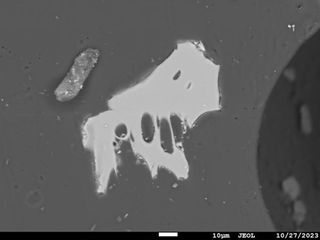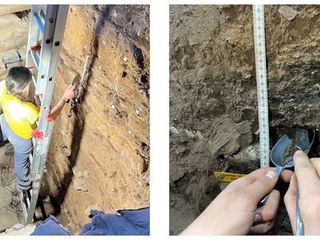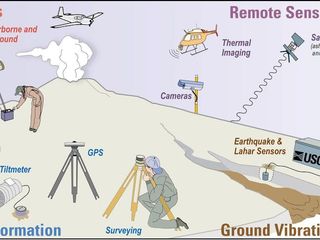
Toba Supervolcano: How Early Humans Survived a Catastrophic Eruption
Imagine, if you can, surviving a volcanic eruption 10,000 times larger than Mount St. Helens. That's what some humans did roughly 74,000 years ago when the Toba supervolcano blew its top. As an archaeologist, the fact that our ancestors made it through such an event is amazing.
The Toba eruption wasn't just a local problem. It spewed out a monstrous amount of ash into the atmosphere, potentially causing years of global cooling. I mean, can you imagine the skies turning black and acid rain pouring down?
Tracing the Eruption's Footprint
Scientists use tephra, the rock and ash from eruptions, to understand these events. I find it incredible that they can trace the layers of tephra across the landscape and find the fingerprints of each eruption. It's like detective work on a geological scale.
Microscopic volcanic glass, or cryptotephra, is especially useful because it travels so far. This job can feel like searching for a needle in a haystack, and it can take months to complete for one site.
I look for cryptotephra on archaeological sites, places where humans left traces of their lives. Collecting samples from these sites and bringing them back to the lab to analyze, it's like piecing together a puzzle of the past.
If I determine that a certain sample from an archaeological site is from the Toba supereruption, it reveals whether people survived the blast.
Environmental records tell us a lot, too. When we see changes in what plants were growing or what the temperatures were, it helps us understand why people changed their behaviors.
In places like South Africa, humans not only survived but actually seemed to thrive after the Toba eruption. It's like they adapted and came out stronger.
The ability to adapt to changing conditions was key. In Ethiopia, for example, people started using bow-and-arrow technology around the time of the eruption. It's pretty clear how these changes helped them survive.
Even though Toba wasn't the end of the world for humanity, studying these events helps us understand how humans adapt to crazy situations. And that's pretty useful knowledge to have, right? We're much better prepared for volcanic events today. Programs monitor active volcanoes, and humans are adaptable to almost any condition.
So, by studying the impact of volcanic eruptions in the archaeological record, we can better understand what conditions were key for human survival in the past and apply these lessons to the future.
Source: Gizmodo




